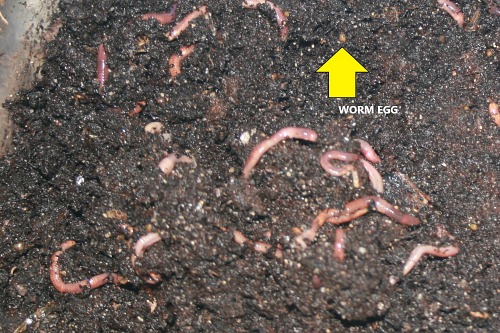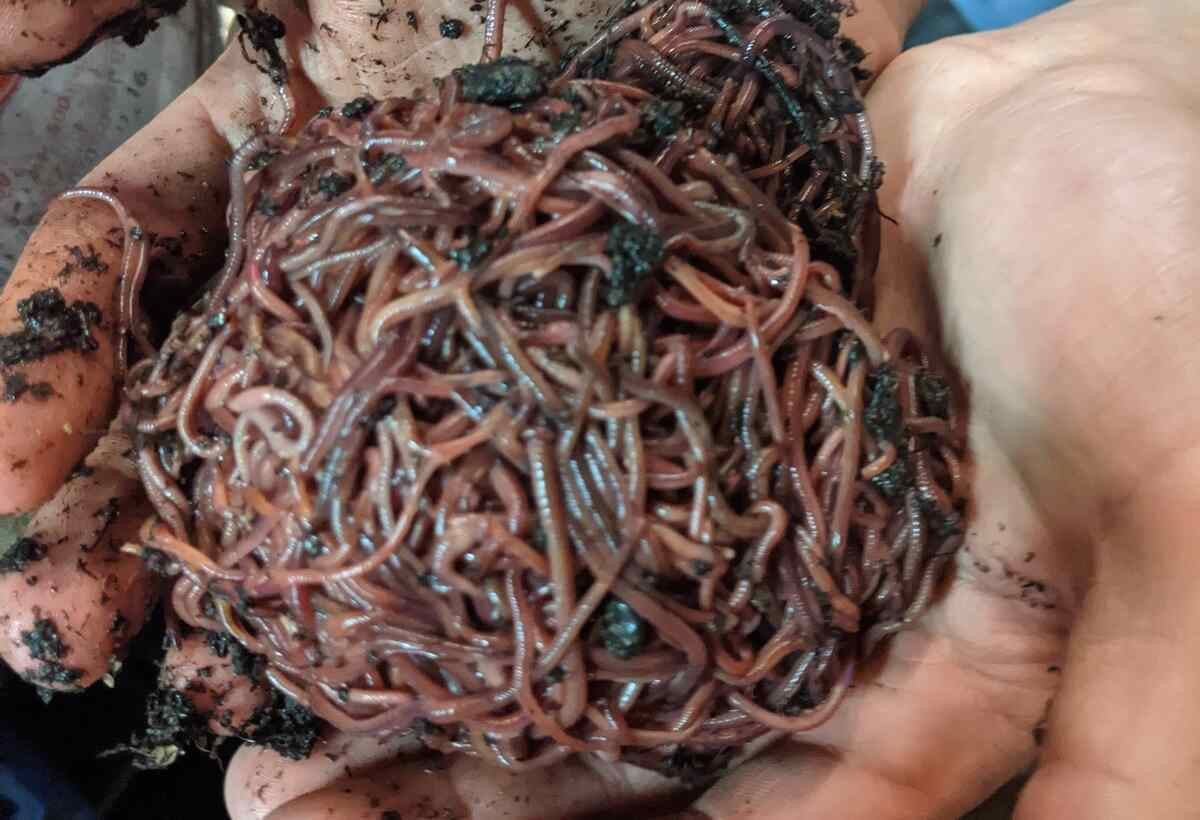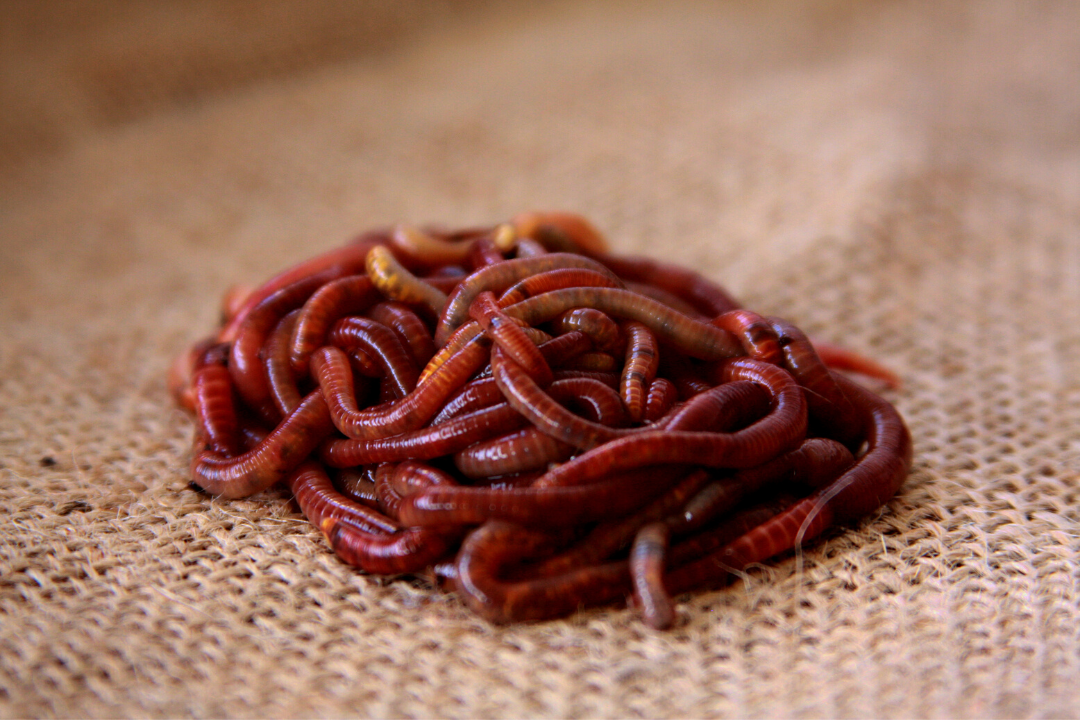The Secret to Lush Lawns Starts with Red Wiggler Express Lawn Care Services
The Secret to Lush Lawns Starts with Red Wiggler Express Lawn Care Services
Blog Article
Open the Keys of Red Wigglers: Your Guide to Composting Success
The integration of red wigglers right into composting techniques provides a significant opportunity for enhancing dirt wellness and promoting sustainability. Understanding their demands and habits is important for optimizing their possibility, from establishing up a suitable worm bin to feeding them the appropriate materials.

What Are Red Wigglers?
(Red Wiggler Express)Red wigglers, medically understood as Eisenia fetida, are a species of earthworm mostly made use of in composting because of their exceptional ability to disintegrate raw material efficiently. These worms are characterized by their reddish-brown pigmentation and a segmented body, typically gauging between 3 to 4 inches in size. Unlike other earthworm varieties, red wigglers thrive in rich, natural environments, making them excellent for vermicomposting systems.
Belonging To The United States And copyright, they are typically found in rotting fallen leaves and compost heaps, where they play an important duty in nutrient recycling. Their adaptation to staying in a moist, cardiovascular setting enables them to consume huge quantities of organic waste, simplifying right into nutrient-rich castings that improve dirt health.
Red wigglers recreate quickly, with a solitary worm qualified of generating numerous cocoons each week, each having multiple hatchlings. Understanding the biology and actions of red wigglers is essential for maximizing their potential in composting applications.
Benefits of Using Red Wigglers
Taking advantage of the power of red wigglers in composting uses countless advantages that enhance soil health and advertise lasting waste monitoring. These impressive microorganisms successfully damage down natural matter, transforming kitchen scraps and backyard waste right into nutrient-rich vermicompost. This ended up item is remarkably useful for plant growth, as it improves soil structure, enhances wetness retention, and boosts vitamins and mineral accessibility.

(Red Wiggler Express)Furthermore, the presence of red wigglers in your composting system can increase the composting process, producing high-grade compost in a fraction of the moment compared to typical approaches. The castings generated by these worms are also including advantageous microbes that better enhance the dirt ecological community.
Setting Up Your Worm Bin
Creating an effective worm bin is an uncomplicated procedure that can considerably boost your composting efforts. The initial step is choosing a suitable container. Worm containers can be made from plastic storage containers, wooden boxes, or commercially available worm containers. Ensure the container has sufficient water drainage and ventilation openings to keep optimal dampness degrees and airflow.
Next, prepare the bed linen product, which functions as the worms' environment. A mix of shredded newspaper, cardboard, and coconut coir functions well, giving a comfortable atmosphere for the worms. Go for a bed linens depth of about 4-6 inches. Moisten the bed linen gently, ensuring it resembles a moist sponge without excess water merging at the base.

Feeding Your Red Wigglers
To make sure the health and productivity of your red wigglers, it is vital to give them with a balanced diet that fulfills their nutritional demands. Red wigglers prosper on a varied array of natural materials, which not just supply essential nutrients however also advertise effective composting.
Begin by incorporating cooking area scraps such as veggie peels, fruit cores, and coffee grounds. Prevent citrus fruits, onions, and garlic, as these can be harmful to worm wellness. Furthermore, present shredded paper, cardboard, and dry fallen leaves to create a well-aerated atmosphere.
Feeding frequency must be kept track of; usually, worms can consume half their body weight in food weekly. It is critical to prevent overfeeding, as excess food can bring about unpleasant odors and bring in insects. An excellent technique is to add food in tiny amounts, enabling worms to refine it prior to introducing a lot more.
Keeping moisture degrees is additionally essential; the bed linen needs to be damp however not soaked. Be sure to on a regular basis examine the temperature and pH levels of the bin to guarantee an optimum setting for your red wigglers, inevitably boosting their composting effectiveness.
Harvesting and Making Use Of Compost
An effective composting procedure with red wigglers culminates in the abundant, dark compost called vermicompost, which can substantially enhance soil wellness and plant Red Wiggler Express growth. Gathering this nutrient-dense product commonly happens every three to six months, depending upon the size of your system and the amount of organic matter being processed.
To harvest, carefully separate the garden compost from the worms and any undecomposed materials. One effective technique involves relocating the components of the bin away and including fresh bedding and food to the vacant area, encouraging the worms to move. After a few days, the garden compost can be accumulated from the opposite side.
It is necessary to utilize vermicompost appropriately to optimize its advantages. It can be utilized as a top clothing for garden beds, combined right into potting soil, or made into a nutrient-rich fluid fertilizer referred to as "worm tea." This application technique aids to provide important nutrients straight to plant origins, promoting healthier development. By integrating vermicompost right into your gardening routine, you not only reuse organic waste however likewise develop a successful community that sustains sustainable horticulture techniques.
Conclusion
In recap, red wigglers offer as outstanding allies in composting initiatives, changing natural waste into nutrient-rich vermicompost (Red Wiggler Express). Their distinct organic features and reliable waste processing capabilities contribute significantly to sustainable horticulture practices. By understanding the ideal problems for their habitat, feeding needs, and compost harvesting methods, gardeners can enhance soil health and wellness and advertise plant vigor. Welcoming vermicomposting not just reduces landfill waste but likewise promotes a much more ecologically liable strategy to horticulture and source monitoring.
Report this page